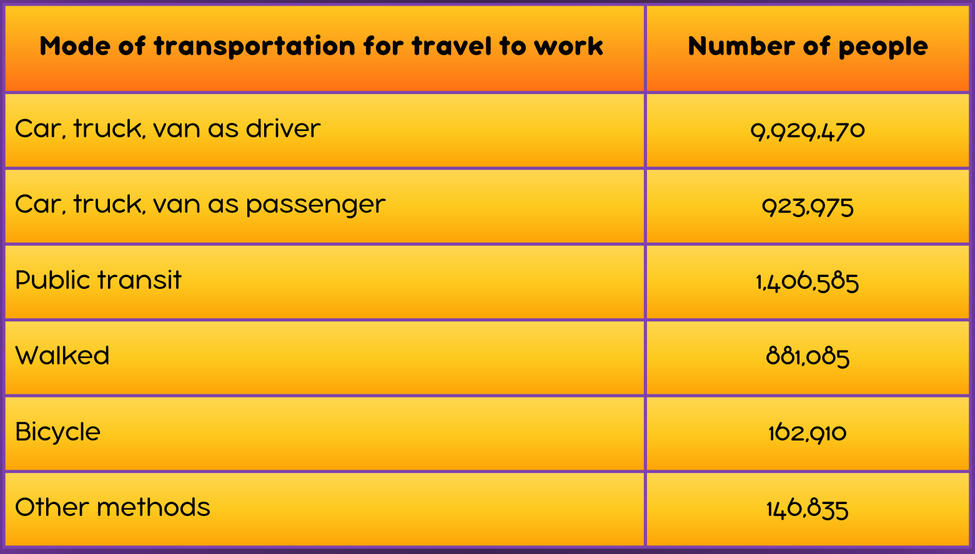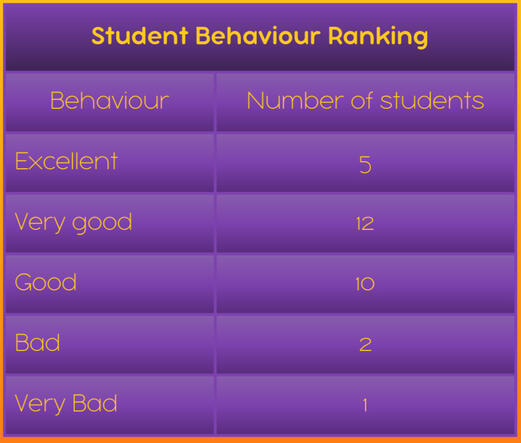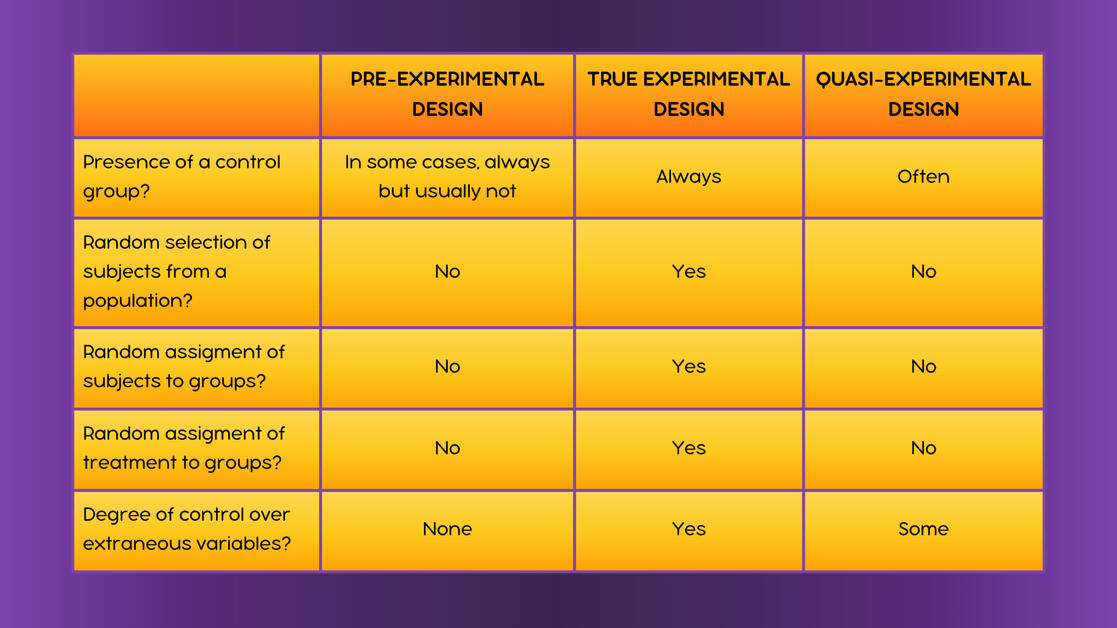Kinds of Research Variables
1. Independent Variable influences the outcome; it is also known as a treatment, manipulated, antecedent, or predictor variable.2. Dependent Variable shows the effects, results, or outcomes of the influence of the independent variable.3. Intervening or Mediating Variables are in-between the independent and dependent variables, which shows the effects of the
independent variable on the dependent variable. It is a theoretical variable used to explain a cause or connection between other study variables.4. Control Variable is any variable that is held constant in a research study. It is not a variable of interest in the study, but it is
controlled because it could influence the outcomes.5. Confounding Variable
- Extra variables that the researcher did not take into account but they exist.
- It can disguise effects of another variable and thus may indicate false correlation.
- Note: Researchers comment on the influence of confounding variables after the study has been completed because those variables may have operated to explain the relationship between the independent and dependent variables.
NOTE:
Researchers comment on the influence of confounding variables after completing the study because those variables may have operated to explain the relationship between the independent and dependent variables.
Types of Research Variables
Qualitative Variable:
1. Categorical Variable are variables that cannot be quantifiable. It can be ordinal or nominal.a) Nominal Variable describes a name, label or category without natural order.

b) Ordinal Variable is defined by an order relation between the different categories.

Quantitative Variable:
1. Numeric Variablesare variables that can be quantifiable. It may be either continuous or discrete.a) Continuous Variable can assume an infinite number of real values within a given interval. (Anything that needs to be rounded down)
Example: Height, Agei. The height of a student. The height can’t take any values. It can’t be negative and it can’t be higher than three meters. But between 0
and 3, the number of possible values is theoretically infinite. A student may be 1.6321748755 … meters tall.
ii. The age is another example of a continuous variable that is typically rounded down.
b) Discrete Variable can only assume a finite number of real values within a given interval.i. The score given by a judge to a gymnast in competition: the range is 0 to 10 and the score is always given to one decimal (e.g. a score of 8.5).
You can enumerate all possible values (0, 0.1, 0.2…) and see that the number of possible values is finite: it is 101!
ii. Number of people in a household for a household of size 20 or less. The number of possible values is 20, because it’s not possible for a
household to include a number of people that would be a fraction of an integer like 2.27 for instance.
Quantitative Research Design
Characteristics:- emphasize objective measurements
- usually fixed and deductive in nature
- test hypotheses regarding variable relationships
- conclusions are expressed in numbers or as a result of statistical treatmentSTRENGTH: Unbiased
WEAKNESS: Expensive, Time Consuming
2 Types of Quantitative Research Design
| Experimental Design | Non-Experimental Design |
|---|---|
| Uses a scientific approach to manipulate variables | Does not involve the manipulation of variables |
| Researchers can control the variables | Researchers have no control over the variables |
| Experimental research is usually quantitative | Non-experimental research can be more quantitative and qualitative |
| Independent variables can be changed | Independent variables are generally not involved, but if they are, they cannot be manipulated |
| There is tampering with natural setting | These experiments are carried out in natural setting, hence not tampering is done |
| Focuses on cause-effect of two variables | They may not provide any information about the causal factors in the study |
| Answers questions regarding the "WHY" of the study | As it is more descriptive, it answers the "WHAT's" of the study |
| Mostly used to get to scientific innovations | Used to define a subject, compare situations and measure data trends |
| Are conducted in unnatural settings | They are conducted in natural settings |
Experimental Research Design

Advantages of Experimental Design:- Experimental research also allows researchers to do the study in a short period of time, which means that accurate data may be obtained swiftly.
- Experimental research frequently results in the development of new goods or solutions since researchers may test numerous solutions at once.
Disadvantages of Experimental Research:- Experimental research can also be time demanding since proper conditions must be created to guarantee that the right variables are evaluated.
- If the researcher makes a mistake or the settings for the experiment are not ideal, experimental study might yield incorrect findings.
1. PRE-EXPERIMENTAL
- the simplest form of research design.
- done to test a treatment, if it will cause change.
- does not have a comparison group therefore it cannot conclude anything from the effect or change caused by the given treatment.NOTE: Researchers want to know how their intervention is going to affect the experiment. So even before the true experiment starts, they carry out a pre-experimental research design to determine the possible results of the true experiment.
There is no control group or any comparison group
A variable that can be manipulated by the researcher (Treatment)
Non-random method is used to assign subjects to groups
2. TRUE-EXPERIMENTAL
- controls for both time-related and group-related threats.
- establish a cause-and-effect relationship
There is a Control Group, which won’t be subject to changes, and an Experimental Group, which will experience the changed variables
A variable that can be manipulated by the researcher (Treatment)
Random distribution/assignment
BASIC EXAMPLE:
- A study to observe the effects of physical exercise on productivity levels can be conducted using a true experimental design.
Suppose a group of 300 people volunteer for a study involving office workers in their 20s. These 300 participants are randomly distributed into 3 groups.
1st Group: A control group that does not participate in exercising and has to carry on with their everyday schedule.
2nd Group: Asked to indulge in home workouts for 30-45 minutes every day for one month.
3rd Group: Has to work out 2 hours every day for a month. Both groups have to take one rest day per week.
In this research, the level of physical exercise acts as an independent variable while the performance at the workplace is a dependent variable that varies with the change in exercise levels.Before initiating the true experimental research, each participant’s current performance at the workplace is evaluated and documented. As the study goes on, a progress report is generated for each of the 300 participants to monitor how their physical activity has impacted their workplace functioning.At the end of two weeks, participants from the 2nd and 3rd groups that are able to endure their current level of workout, are asked to increase their daily exercise time by half an hour. While those that aren’t able to endure, are suggested to either continue with the same timing or fix the timing to a level that is half an hour lower.So, in this true experimental design a participant who at the end of two weeks is not able to put up with 2 hours of workout, will now workout for 1 hour and 30 minutes for the remaining tenure of two weeks while someone who can endure the 2 hours, will now push themselves towards 2 hours and 30 minutes.In this manner, the researcher notes the timings of each member from the two active groups for the first two weeks and the remaining two weeks after the change in timings and also monitors their corresponding performance levels at work.
The above example can be categorized as true experiment research since now we have:
Control group: Group 1 carries on with their schedule without being conditioned to exercise.
Independent variable: The duration of exercise each day.
Random assignment: 300 participants are randomly distributed into 3 groups and as such, there are no criteria for the assignment.
3. QUASI-EXPERIMENTAL
- lends itself to collecting more data, either by scheduling more observations or finding more existing measures.
- establish a cause-and-effect relationship but groups are not randomly assigned.
- not a true experimental research.
Control groups are not required (Although they are commonly used)
The researcher often does not have control over the treatment, but instead studies pre-existing groups that received different treatments after the fact
Non-random method is used to assign subjects to groups